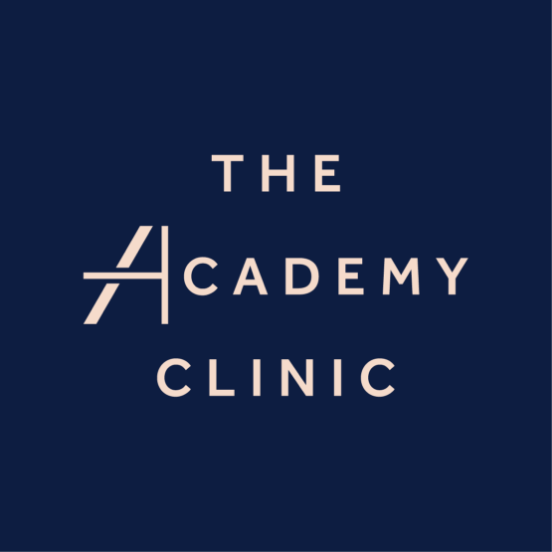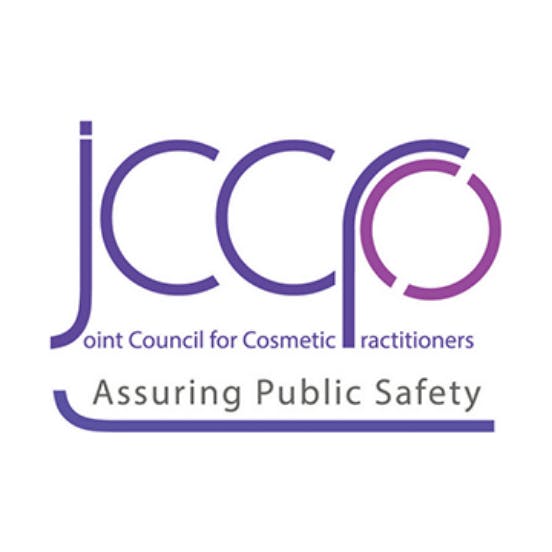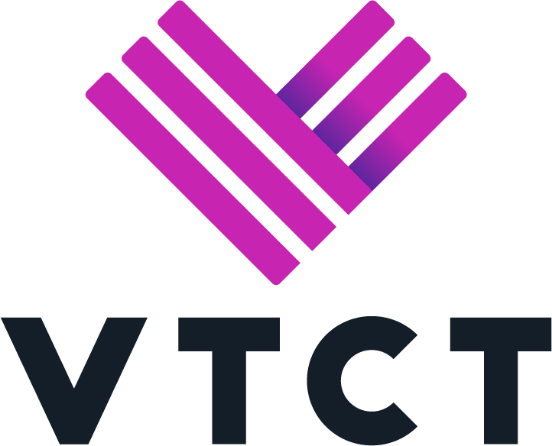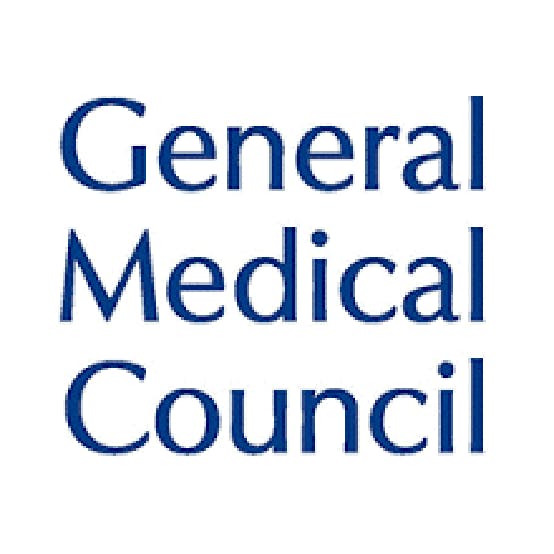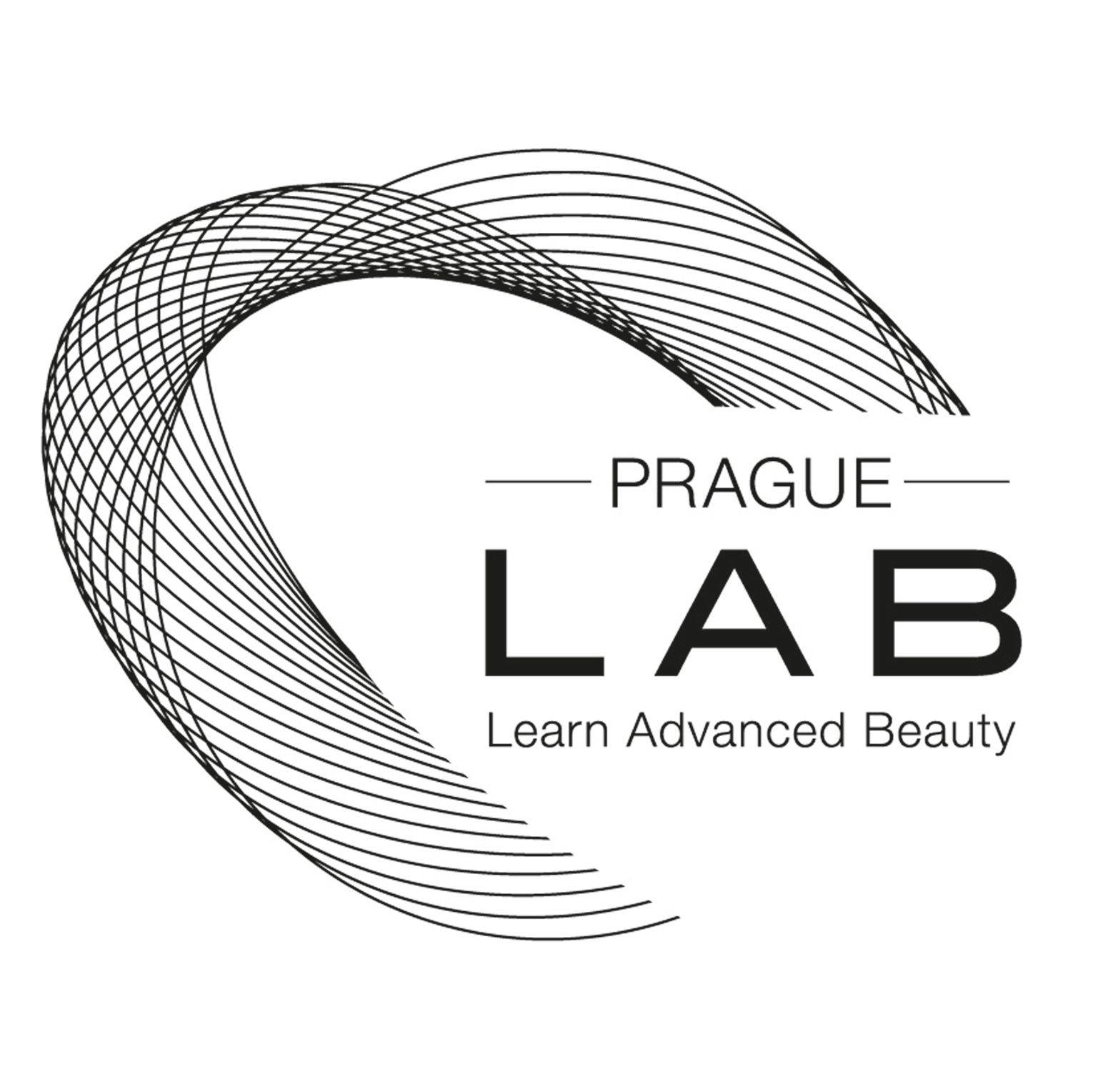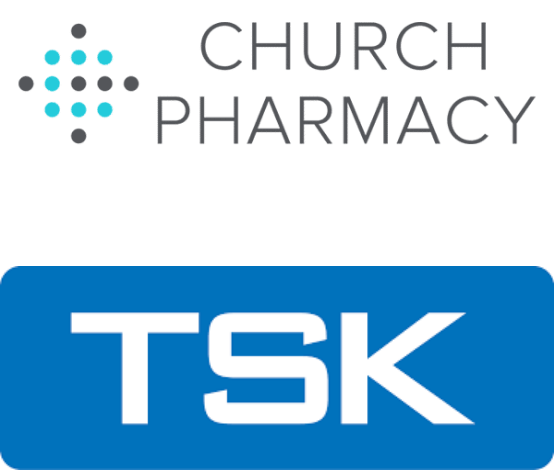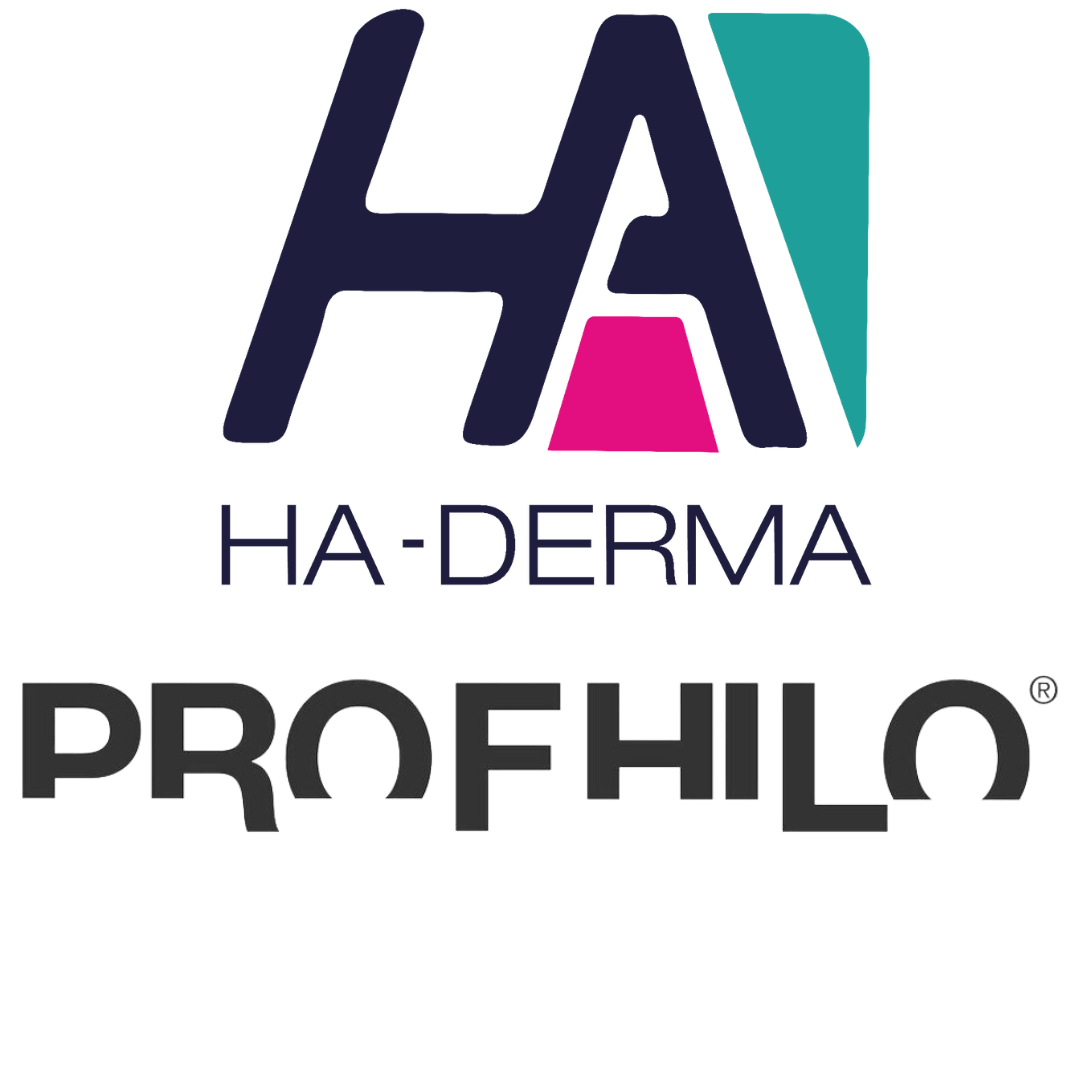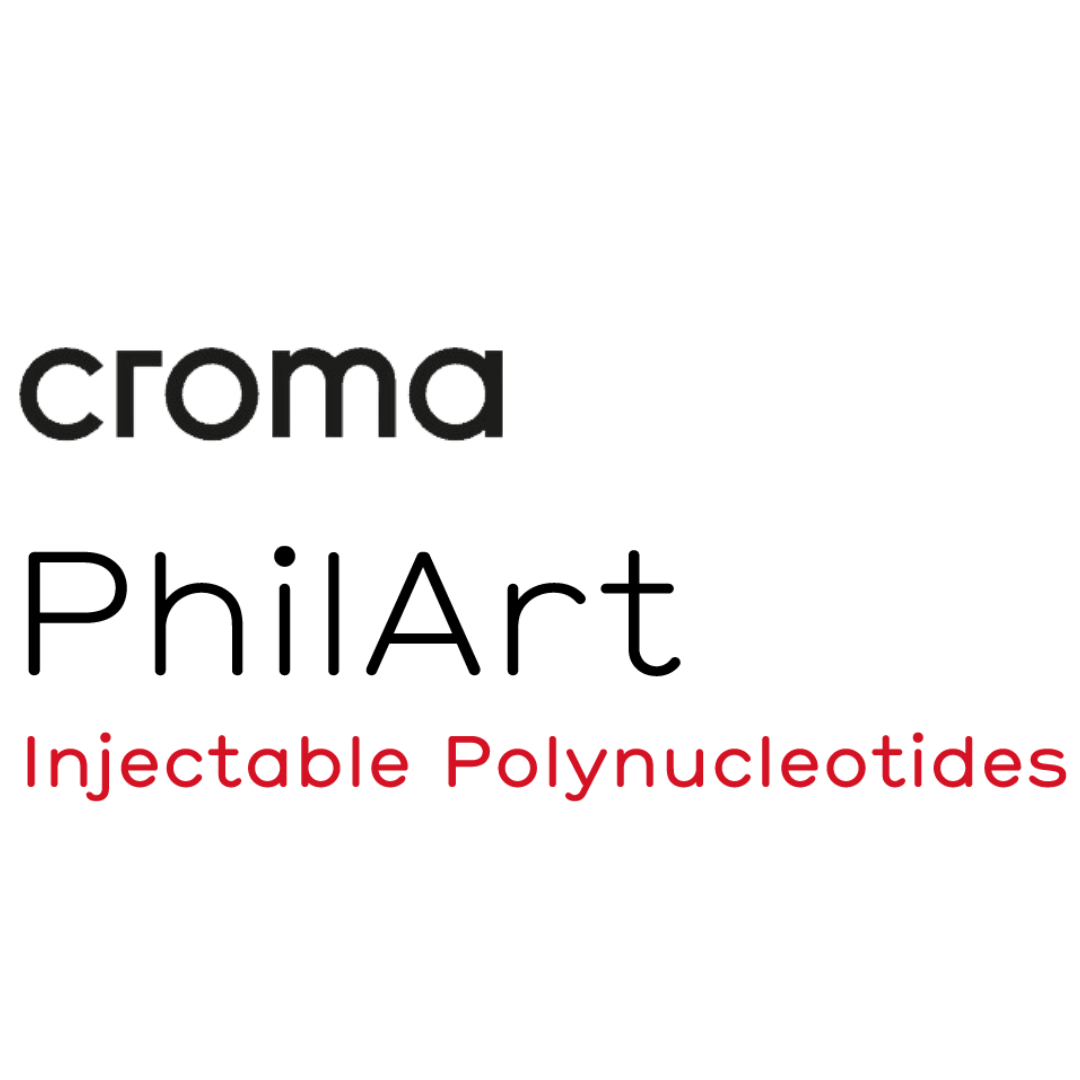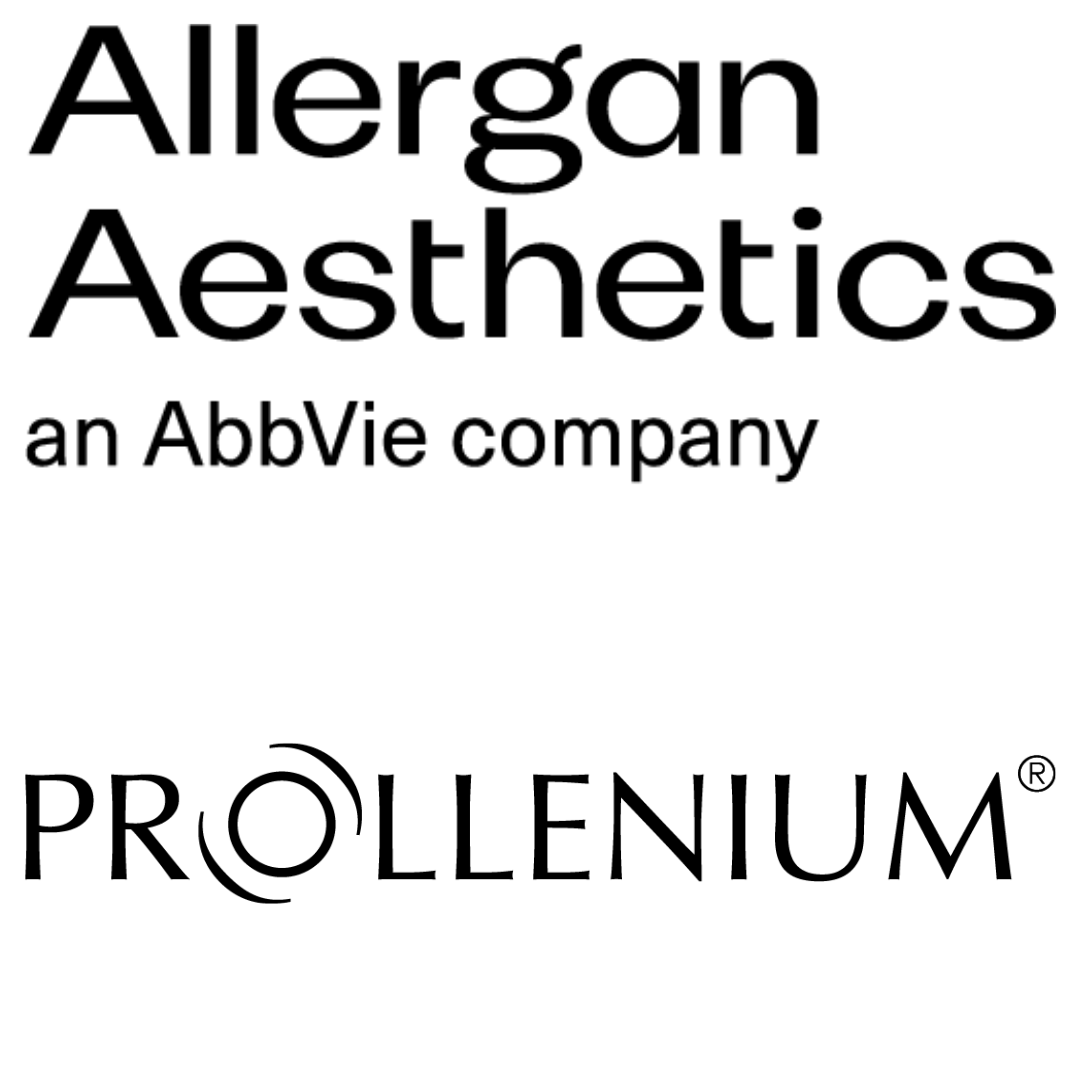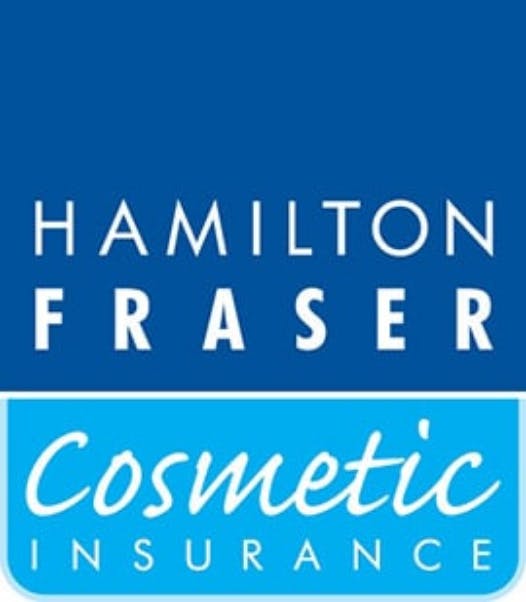Mastering Marionette Line Filler Treatments
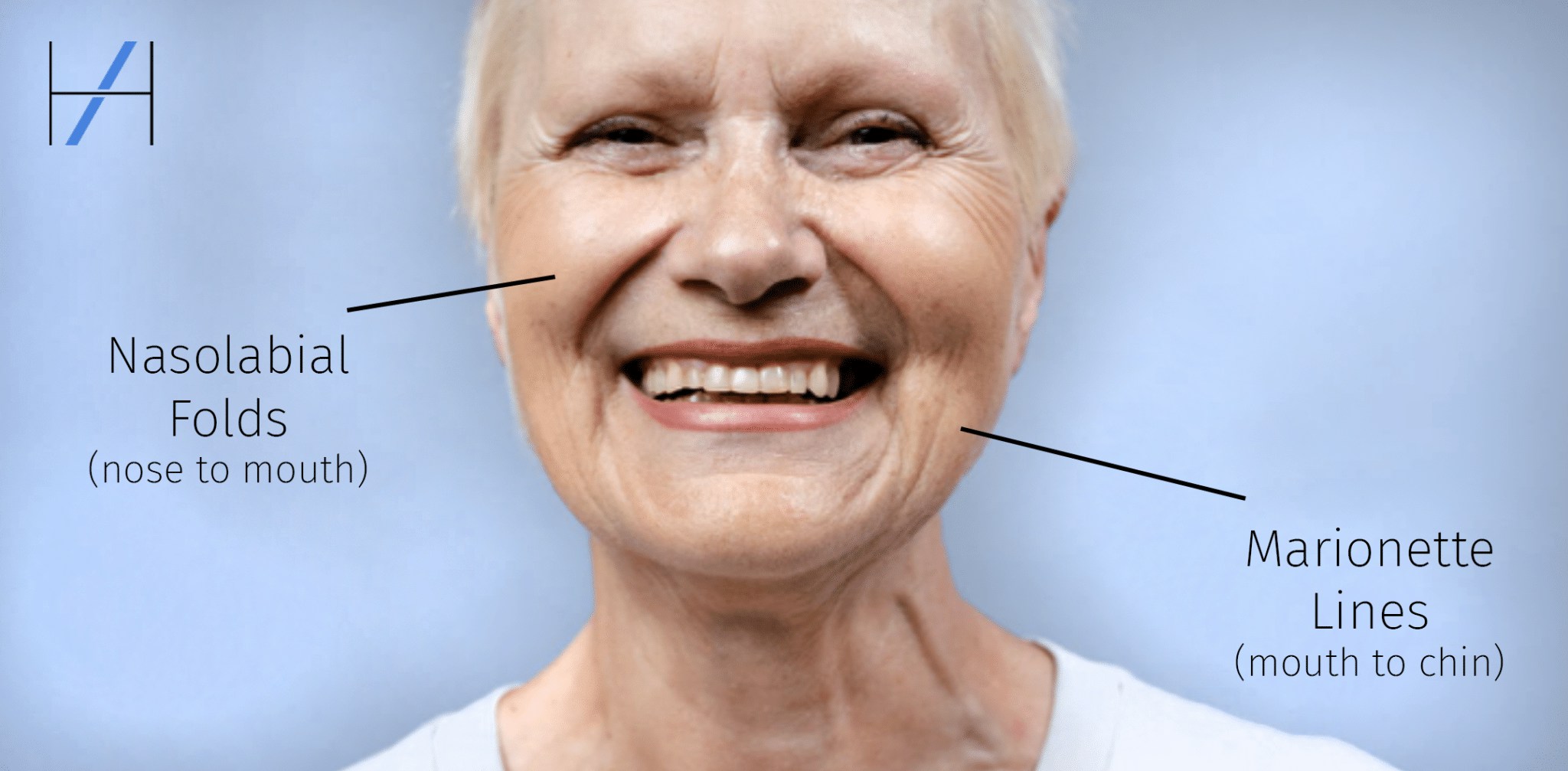
Mastering marionette line filler is one of the fundamental skills new injectors need to learn. As a cornerstone injectable treatment for facial rejuvenation, it can be hugely impactful for the right patient.
In order to help you better understand this popular aesthetics treatment, we interviewed one of our resident experts.
Shantel Noble is a cosmetic nurse prescriber who runs own practice, Noble Medical Aesthetics, and is a clinical trainer at Harley Academy.
Here she answers some of the most frequently asked questions aesthetics practitioners ask when they’re first starting out...
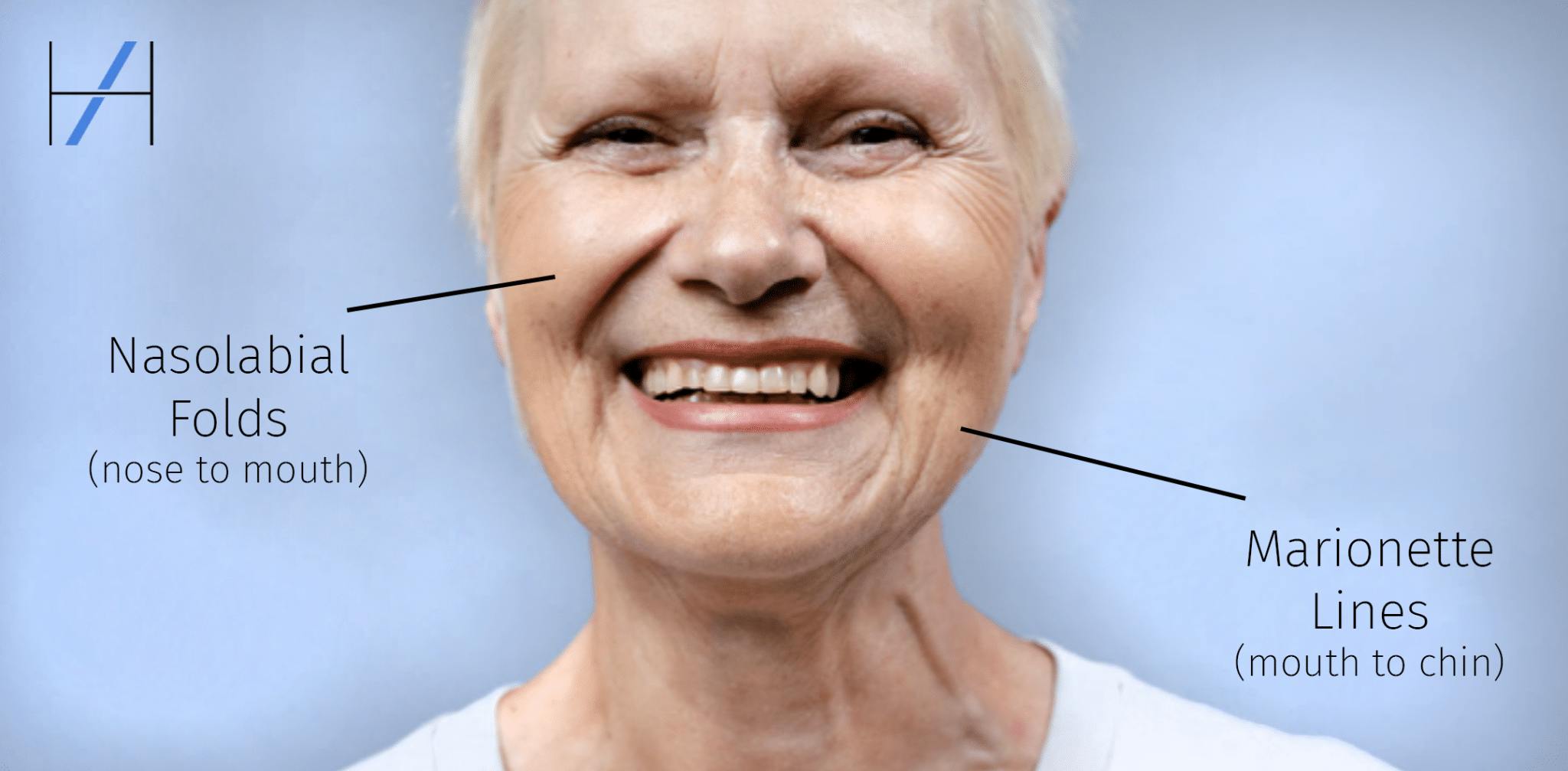
WHERE ARE THE MARIONETTE LINES AND WHAT CAUSES THEM?
Marionette lines are facial wrinkles that run downwards from the corners of the mouth towards the chin. They are actually called melomental folds, however, the term ‘marionette lines’ is more common and derives from string puppets.
They are a product of facial ageing, predominantly due to the reduction of support and facial scaffolding. Essentially this means bone reabsorption, fat pad atrophy and increasing skin laxity in the upper two-thirds of the face.
How do they affect facial ageing?
The appearance of marionette lines can be a deep concern for patients; they often feel it makes them look sad. This age-related change tends to affect people once they reach their 40s. However, it can become noticeable from your early 30s. The sagging appearance can be extremely noticeable to patients, particularly for females, as the mouth is such a focal point of the face.
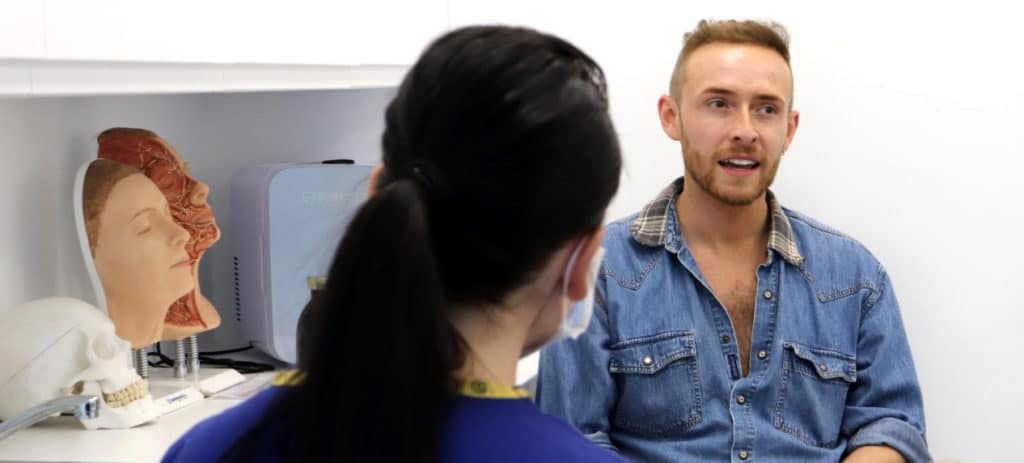
What should injectors look for when consulting their patients to ensure a good candidate for marionette line filler?
I would always advise to assess the overlying skin quality and degree of the marionette line. If a patient has either poor skin quality of excessive facial atrophy, laxity and ageing they may not be suitable for any soft tissue filler and instead may require surgical intervention. Additionally, ensure you have considered volume loss in the upper two thirds first before working on the lower third, I always encourage to treat the cause of the concern rather than just the direct effect. Mid-face volume needs to be adequate.
Which anatomical aspects should be considered when injecting?
The following three considerations are paramount when treating this area…
1. The facial artery runs a treacherous path when extending from the jawline upwards and medially, a definite consideration for treatment of marionette lines, cannula for new injectors is advisable.
2. The depressor anguli oris (DAO) muscle underlying creates a pull at the corners of the mouth so botulinum toxin may be a consideration as part of the treatment plan.
3. The skin around the mouth can be thinner, thus exaggerating the appearance of wrinkling, improving the skin quality should also be considered with skin tightening treatments.
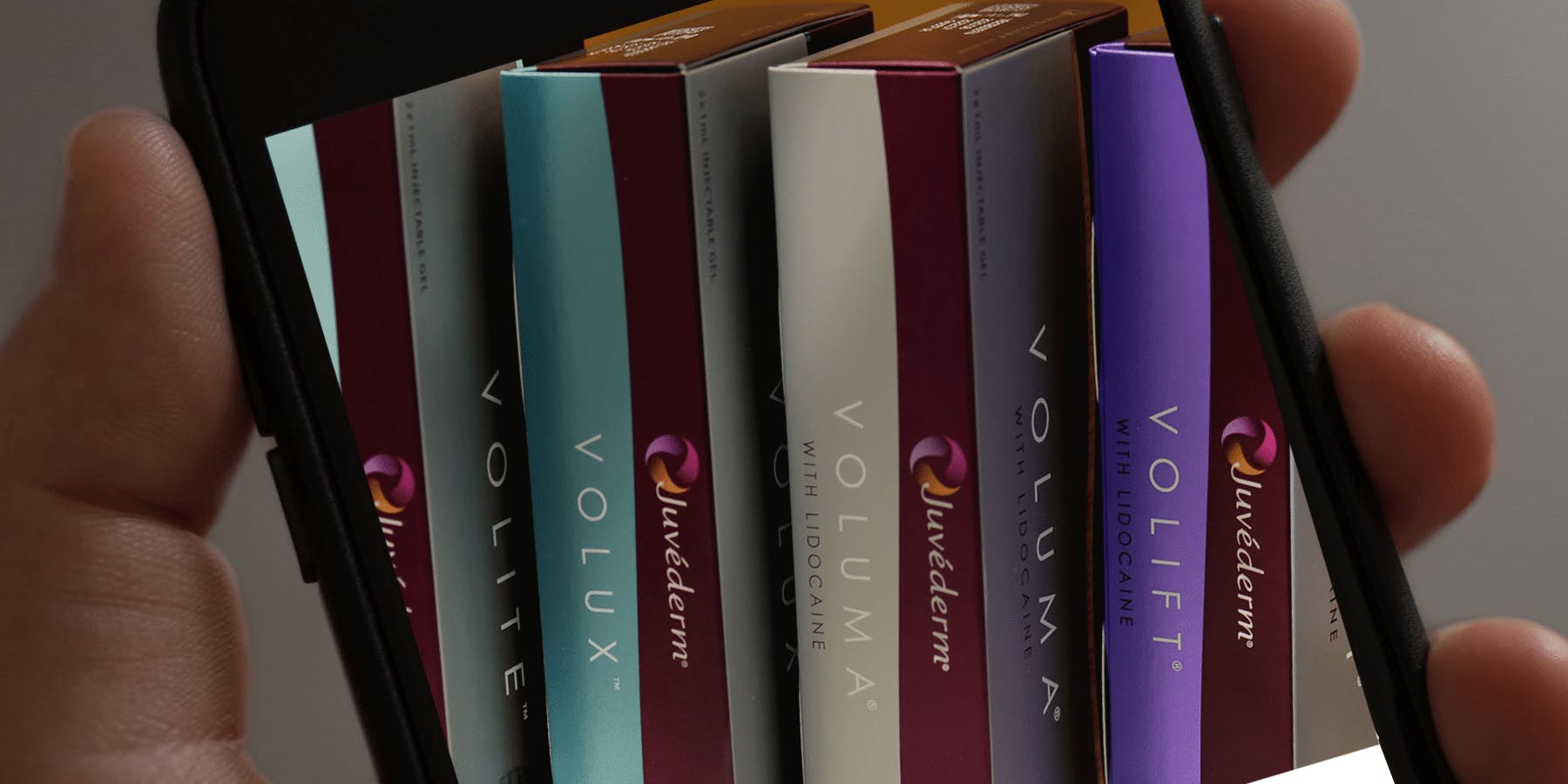
Tell us about the filler product and tools you use for this treatment
At Harley Academy we train students using the Juvéderm Vycross fillers. When treating marionette lines, I use Volift from this range. I also use a 25g cannula.
What injection techniques do you use for marionette line fillers?
A layer 2 treatment via a 25g cannula, depositing the soft tissue filler in retrograde threads to structurally support the marionette line. At times I will also deposit a small bolus directly beneath the oral commissure bilaterally before commencing the retrograde thread.
How much filler do you usually use in an average marionette line treatment?
For this area I typically use a 1ml syringe per session. You don’t want to overfill this area. Equally, from experience, I have found that the hydrophilic nature of the soft tissue fillers we use can actually further improve the result beyond the initial treatment day.
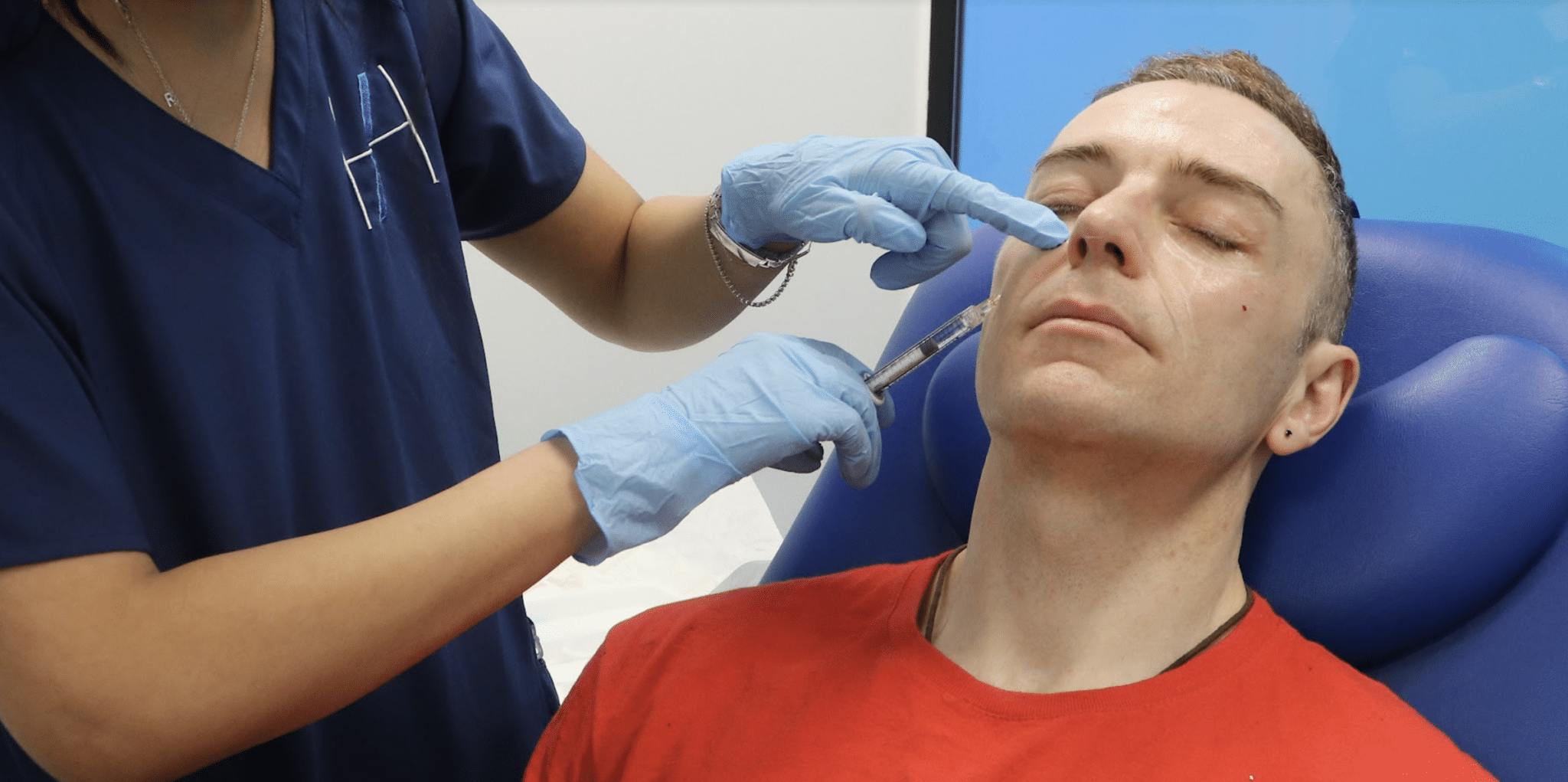
Which other treatments pair well with marionette line fillers as part of an holistic Full Face approach?
Skin tightening treatments to promote collagen production can certainly help with laxity issues. However, when it comes to a Full Face approach using the core injectables, I recommend considering…
1. Soft tissue filler treatments for mid-face volume restoration. These should be inclusive of deep medial cheek fat, lateral zygoma and the pre-auricular.
2. Botulinum toxin treatment to the DAO muscle if a patient has an overactive pull in this area, pulling the corners of the mouth laterally.
What are some common mistakes new aesthetics practitioners make here and how can they avoid these?
1. Not assessing or addressing all of the above.
2. Treating the marionettes directly without consideration to volume loss above in the upper two-thirds.
3. Managing patient expectations depending on skin laxity. I typically never promise to eradicate facial folds but instead soften. This is why you may find some aesthetics practitioners refer to “marionette line filler” as “marionette line reduction”.
4. Not considering other holistic methods can be a mistake. For example, only using soft tissue filler when their patient would be a great candidate for botulinum toxin and/or skin treatments too.
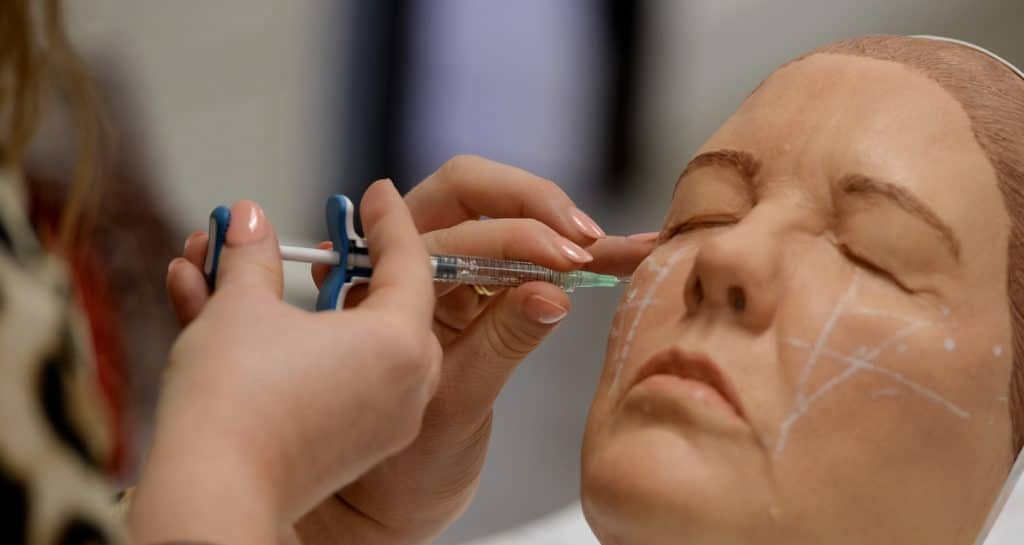
LEARNING HOW TO MASTER MARIONETTE LINE FILLER
Whether you’re a beginner or an experienced aesthetics practitioner, Harley Academy training courses offer expert education at every level.
If you’re just starting to explore the whole specialism of aesthetic medicine, you’re going to want to start with our Foundation Training in Botox and Dermal Filler course.
Or, for a slightly more in-depth start to your aesthetics career, our Core Training in Botox and Dermal Fillers is another great entry point. Successful completion of either of these short courses provides you with the certification you require to gain insurance as a cosmetic injectables practitioner.
For those of you wishing to further advance your training and really work towards becoming a safe and effective injectables specialist, we have just the thing… Our founder, Dr Tristan Mehta devised the original, and still industry-leading, gold-standard aesthetics qualification, the Level 7. This Ofqual-regulated postgraduate course will provide you with a Level 7 Diploma in Botox and Dermal Fillers.
This self-paced training pathway offers a 360° Master’s level education in aesthetic medicine from industry specialists. It provides in-depth learning taking in anatomy, skin and facial ageing, patient care and consultation; preventing, identifying and dealing with complications, ethics, best practice and more, in addition to teaching you how to perform filler and toxin treatments.
One of our students’ favourite elements is our Level 7 mentoring sessions. These are where you build your case studies, injecting experience and confidence through treating patients under the guidance of our experienced clinical trainers.
For more information, or guidance as to which course is best for you, book a call with Deneal Basi. As our head of student recruitment, he will be able to answer all your questions and direct you to your best aesthetics training options.


